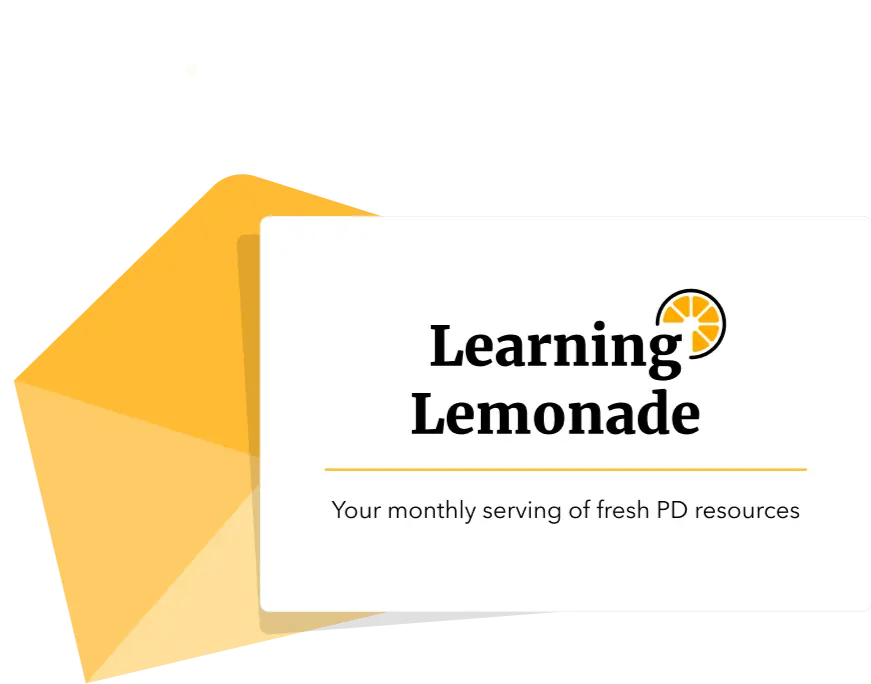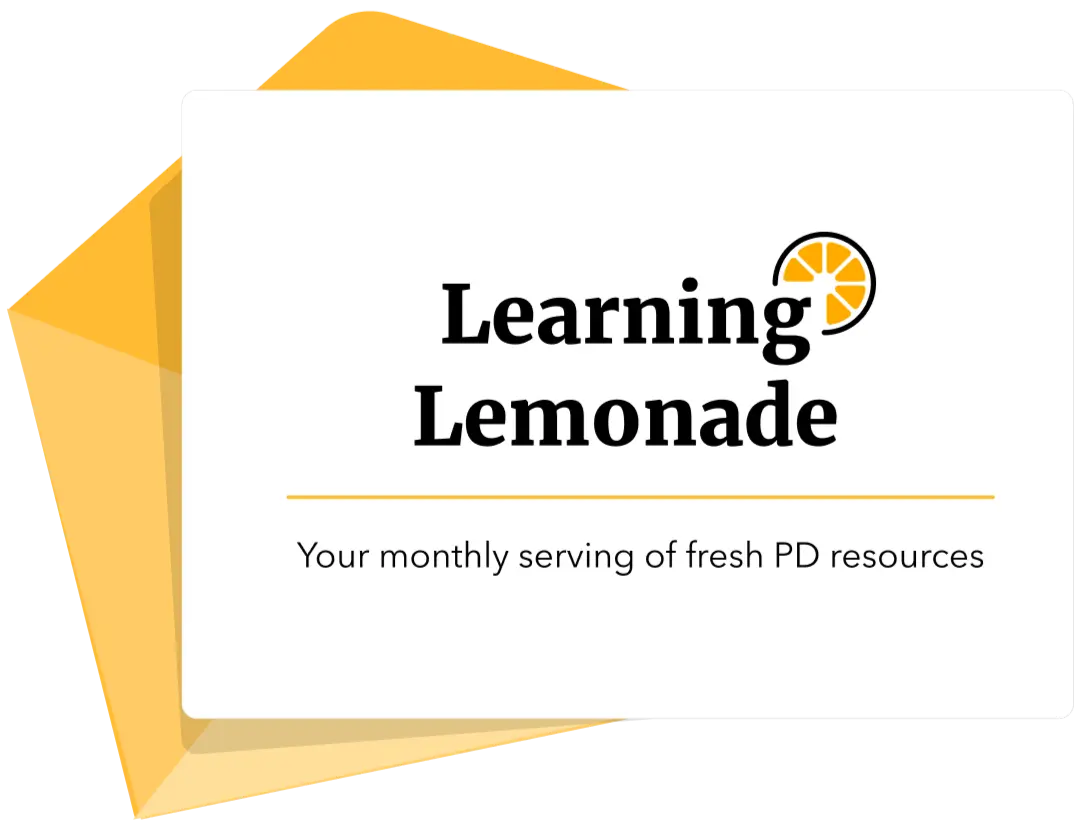The Purpose and Process of Reflection
Helping students write meaningful CAS reflections
Take a moment. And wherever you are, either lean back or look backwards. What happens? Register the experience, and then repeat.
The term reflection comes from 14th-century Middle English, an alteration of reflexion from Late Latin reflexio, the act of bending back. When leading a reflection workshop in real time, I begin with this brief experience, inviting participants to lean back or look backwards. The range of responses varies: I see something different, a new perspective, a pinch in my neck, deeper breathing, feeling out of balance, feeling in balance, a good stretch.
Rather than provide a definition of reflection, I turn to these words drawn from experience to surmise what may be at the core of “reflection.” Reflection can then be explained as a way to see something from a different perspective, even with a little discomfort and feeling of imbalance, let us breathe more deeply, find balance anew and stretch in a myriad of ways. Reflection is to be experienced, rather than defined by others.
Many of us rush through our days rarely pausing to make meaning from our experiences. For students, their experience with reflection may have felt adverse; it seemed forced, tedious, and they weren’t sure what they were expected to answer. When presented in a prescriptive fashion and limited by means, method, and time, it’s no surprise youth may wonder about the process and the purpose.
It’s time to reclaim the word and concept with a fresh look and a reminder that we are inherently reflective beings. When do you catch yourself reflecting without effort or intention? What are your personal go-to ways to reflect? (Mine are when cooking, while listening to music, taking a walk, with a cup of tea and a friend.) Let’s give opportunities for students to reflect in a similar manner, influencing them to choose to reflect and discover the value.
I’ve designed a process below that you can follow with other educators and students, beginning with leaning back or looking backwards, to gain a new lens on reflection. Let’s get started!
1. We reflect because?
Ask each person to complete the sentence and then share responses. We all do better with a clarified purpose. Examples:
- To connect more deeply with an experience, as noted by educator John Dewey: “We do not learn from experience; we learn from reflection on experience”
- For personal clarity of what is most important
- To understand a moment from different perspectives
- To chart a path ahead
2. ‘Reflection is not…reflection is…’ activity
In small groups, students consider what reflection is and is not for 2-5 minutes. Have them make lists of responses. Create a master list from the group lists, without commentary. Read the list aloud, with students raising their hands to offer comments or to disagree which can lead to a robust discussion. Clarify the difference between summarizing and reflecting: if we only summarize, it is not reflective. Reflection includes the summary of what happened (because it differs for each person and is necessary to know what matters or what stands out to that person), plus the emotional reaction to the experience. Promote reflection as varied, non-judgmental, and providing insights. A discussion may ensue about how grading a ‘reflection’ can reduce honesty and have students write what they suspect a teacher wants to hear. Edit the list as needed. This experience is critical to reveal understandings, misconceptions, and biases as well as agreements about the process of reflection. Allow ample time for debriefing, typically six to ten minutes. One important response may be that reflection is personal and not always shared. I agree.
3. What are ways to reflect?
If you could reflect in any modality or form, what would you choose? Ask participants to come up with ideas in pairs or threes for just two minutes. Then collect the possibilities. How can ways to reflect draw upon their interests, skills, and talents? We can reflect with music, art, poetry, dance, and in silence. Consider all the astounding songs, prose and verse, paintings, and photos created in moments of reflection. Debrief with ideas galore!
Keep in mind that simply answering a teacher’s questions on demand is not always an effective reflection. Nor does this approach mirror how we as adults reflect in our daily lives. If you like to reflect when you take a walk, consider inviting students to grab a partner and take ten minutes to walk and talk about what has been important in class. If your preference is to linger reflectively over a cup of coffee, surprise students with a tea setup in the cafeteria to see what happens. If you are using prompting questions, allow students to edit or replace your questions with something that will be more personal and meaningful. Have you considered letting students design the reflective process for the class?
4. When is a good time to reflect?
I often suggest “be on the lookout for significant moments that call us to reflection.” Are there signals that let us know a moment is significant? Discuss, “How do you know a moment is significant?” with students. How about these clues:
- When time goes by fast
- With an “aha” moment of discovery
- When an emotion is powerful
- With a recurring thought or observation
- After a skill is mastered
- If we can’t wait to tell someone
These moments may prompt a person to want to reflect in a manner that suits that particular moment and best captures what is most meaningful. Add to the list of “clues.”
5. Build a reflective student
During this lively and highly interactive experience, students work in small groups to create a visual of a ‘reflective student’. This draws upon analytical and creative thinking in a fun, engaging interchange. Follow these easy steps:
- Gather four students around easel paper with each having a different bright colored marker.
- Draw a sample miniature gingerbread person on the board or paper as a model of what students draw on their paper. Inform students they are drawing a ‘reflective’ student. Ask, what is missing? Usually, the students come up with hearts or eyes. For the first two items mentioned, have the students who replied come and draw the items on the model ‘reflective student’. With each drawing ask, “How will this student use a heart (eyes) in being reflective?” Write responses (e.g. to care about others) near the body part with a line connecting the drawing and explanation. With two examples, students get the idea. More than two examples interfere with student creativity.
- The two guidelines for this experience so that all students participate are: 1) Every student has a marker and works simultaneously. This is a must! Everyone joins in. All ideas are welcome. 2) If there are two related body parts (e.g. ears), there must be two distinct reasons.
- For 5-6 minutes, each group constructs their reflective student, annotating each added body part. Students have drawn a heart for compassion, a stomach to digest the experience, feet to walk the talk, and a bald spot for open-mindedness. Some students, unprovoked, have turned the paper over to draw a spine for the strength to be open and honest. All students work simultaneously, and everyone is involved.
Note: During their creative time, avoid interfering or making suggestions. Except! Remind students to all work simultaneously and if they only give a reason for one foot, for example, remind them to come up with one for the other.
- As students are completing their reflective person, offer this last direction: name your person and decide on four of the qualities you want to tell us, for example, “This person has one knee to show humility, and one to get down to do the work.”
- Each new reflective person is introduced!
Check out an example of what a reflective CAS student could look like below.

6. A reflective moment
To bring this process to a close, a discussion with students could revolve around these prompts:
- What was the process like?
- How did this influence your ideas about reflection?
Here are a few suggestions about discussions for the purpose of reflection.
- Invite students to write their responses before sharing. This allows each student to maintain the integrity of their own thinking.
- Have students stand and find a partner and share their responses with one another. Then have two pairs meet up and share all together. This often levels the opportunity for everyone to participate, whether more introverted or extroverted, and the conversation can be more inclusive in a smaller group.
- Suggest an approach that every person can speak once before anyone speaks twice.
- Dive into a kinesthetic response, whereby the questions are asked and only nonverbal responses are welcomed, then let them talk.
As we collectively reveal the purpose and process of reflection, new and fresh possibilities emerge. When the value is clarified, then we know the time spent reflecting is worthwhile.












